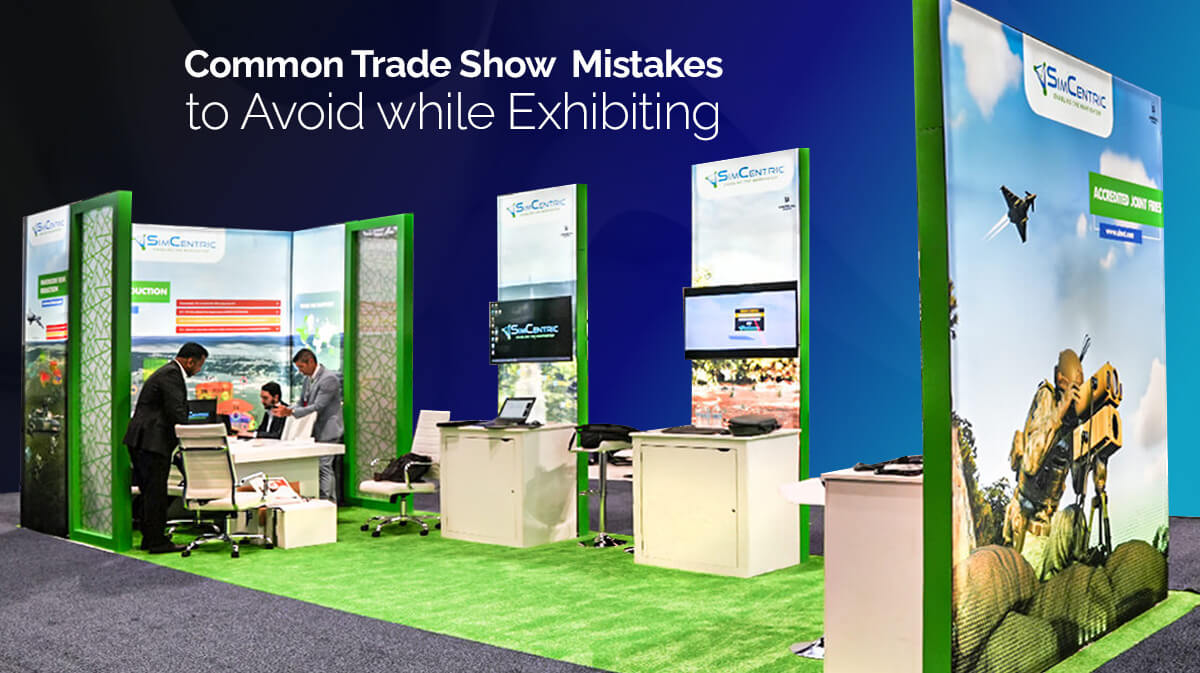
Common Trade Show Booth Mistakes and How to Avoid Them
Trade shows offer business owners the chance to gain exposure, network with other industry professionals, and learn about contemporary trends in their fields. Those who are new to the trade show game may not know exactly how to best present themselves, though, which can lead to some unfortunate faux-pas.
Not every company has a full in-house marketing team on call to help resolve potential issues as they come up. Those that don’t should be particularly conscientious about paying attention to their results to make sure that they will be able to fix any problems that come up before the next show.
Read on to find out about just a few of the most common trade show booth mistakes to look out for and avoid.
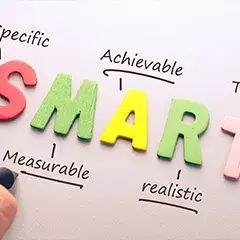 Lack of Overarching Goal
Lack of Overarching Goal
The underlying reasons for attending trade shows tend to be more or less the same. Most attendees want to increase brand awareness, generate leads, and network with other industry professionals. When it comes to creating an effective booth design, though, those underlying goals just aren’t enough.
Business owners should consider what their specific, overarching goal is for the particular trade show they are attending. If a new product line has just been launched, for example, it might be smart to focus on that. Those who are looking to solidify business relationships with their partners may want to define their goals along those lines, instead.
It’s never too late to delineate goals for a show. Of course, it’s always best to define goals prior to even starting to brainstorm, but there’s no reason business owners can’t go back and make changes to their booth plans to reflect a more specific goal.
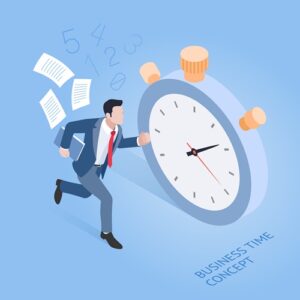 Getting a Late Start
Getting a Late Start
Creating an effective trade show exhibit requires time and plenty of planning. Getting a late start can put companies behind their competitors but for businesses that attend annual trade shows, that’s not the only disadvantage of neglecting trade show planning until the last moment. Doing so can also make it more difficult to take advantage of any insights gained from the last show.
Instead of attending a trade show and then forgetting all about it, companies may want to put their new-found knowledge and experience to good use. Getting started on brainstorming for the next show immediately after finishing up the last one will allow business owners to ensure that they don’t forget key insights and it will also help planners avoid a good deal of stress.
Frantic, last-minute planning almost never leads to well-designed, well-executed expositions. If this has become the company’s norm, make a point of establishing better habits for the future. One great idea is to hold a decompression session for event staff directly following the show to brainstorm about what worked and what didn’t and start planning for the next trade show season well in advance.
 Forgetting Function
Forgetting Function
It’s important to create an eye-catching booth design. Just about every business owner knows that. What many forget is that while a bright, attention-grabbing booth design cannot make up for a targeted message.
In other words, the form should never eclipse function when it comes to booth design. In fact, some industry studies have shown that straying too far from traditional layouts can actually act as a psychological barrier to event attendees. This is especially true if the booth’s color scheme, lighting, or other features distract from the company’s brand or message, which can be confusing as well as intimidating.
 Lack of Interactive Marketing
Lack of Interactive Marketing
Interactive marketing campaigns should start well before the booth is even set up. Successful companies will create Facebook events and event-specific Twitter hashtags, write some blog posts to generate hype, and create a landing page on their websites well in advance of upcoming trade shows.
Not only will doing so help to attract more brand advocates and fans who can help generate organic traffic and positive attention, but it will also alert event attendees, in general, to the fact that the company will be in attendance.
Haven’t set up a social media campaign yet? It’s not too late. Just make sure to cover all the basics, including creating a Facebook campaign and posting regular LinkedIn updates, and use hashtags that will remain relevant after the show.
Lack of Post-Show Marketing
Post-show marketing is arguably as important as pre-show marketing. When performed effectively, the two compliment each other very well. The hype generated before the show combined with a well-designed, preferably interactive, booth should be able to continue generating additional brand awareness for some time after the show has closed.
Post-show marketing is a little bit different from traditional lead follow-up. While the latter involves reaching out to attendees who were still on the fence when they visited the company’s booth, post-show marketing can be used to leverage the company’s performance to generate even more leads.
Try incorporating elements of engagement marketing into the trade show expo, as these will encourage ongoing engagement after the show. Make a point of using the same Twitter hashtag throughout, as well, and consider setting up a convenient area for taking selfies to generate even more post-show attention online.
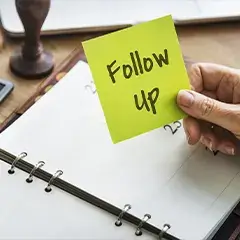 Boring, Generic Lead Follow-Up
Boring, Generic Lead Follow-Up
Let’s take a step back and talk about more traditional forms of post-show follow-up. Research shows that almost 80% of leads generated at trade shows are not adequately pursued once they are over. That’s a huge waste of resources.
When trade show attendees sign up for an email list, they’re doing so because they’re interested in finding out more about the product or service being marketed by the company. That doesn’t mean they want to receive dozens of boring, form emails, though. Spamming potential customers or clients really doesn’t count as an effective follow-up.
Instead of sending generic emails to everyone on the list, work with the event staff to compile more targeted lists. This will make it easier to tailor content to the attendees’ interests. Don’t get discouraged by prior follow-up failures that have occurred due to an inadequate understanding of the company’s audience. Instead, change the strategy to better reflect the audience who expressed active interest at the show.
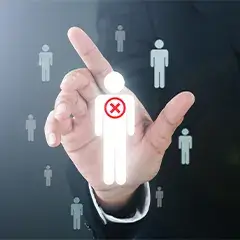 Sending the Wrong Staff
Sending the Wrong Staff
Choosing event staff is almost as important as determining an overarching goal and establishing an effective theme. If the focus of the company’s booth will be one particular product or service, choose those staff members who are most experienced with those products. If, on the other hand, the company will be focusing more on making industry contacts, it might be better to send at least one staff member who has experience with negotiations rather than sales.
Concerned about the current staff roster for an upcoming event? It’s not too late to send a more experienced sales manager or a senior staff member who has attended more trade shows in the past. Make use of those valuable resources and encourage senior staff to teach newcomers about trade show etiquette to harness both the enthusiasm of newer staff and the experience of long-standing employees.
Failing to Establish a Plan B
Ensuring that everything goes smoothly is largely a matter of having plenty of contingency plans. Make a point of having backup staff in case one or more employees get sick and have a plan for what happens if they run out of brochures in the middle of the show.
Of course, Trade Show Booth Rental from a well-respected company can help business owners avoid some unexpected complications, but no one can foresee every potential issue.
It’s a good idea to have a point person available who can run out to make copies, interact with trade show officials, and deal with any issues behind the scenes, as well.
While there’s no predicting absolutely what will go wrong at a show, expecting the best but planning for the worst means that there will always be a backup plan. If these plans are implemented professionally behind the scenes, guests won’t even know that anything went wrong.
Ineffective Graphics
The right graphics can make all the difference, but so can the wrong ones. Outdated logos should be avoided at all costs, as should cluttered designs and graphics that are too small to read from a distance.
If the booth looks cluttered at set-up, don’t be afraid to remove those elements that are ruining its visual appeal. It’s better to have just a few key graphics than too many ineffective ones.
 Forgetting to Celebrate
Forgetting to Celebrate
Once the trade show is over, make a point of celebrating its success. There’s no reason to be discouraged if everything didn’t go exactly as planned. Just about every exhibit has its positives and its negatives, so don’t immediately start fixating on imperfections.
Instead, take the time to express appreciation to event staff and discuss what went well as well as what could have worked better.
Keep in mind that even if the event doesn’t feel like a huge success, chances are, it reached at least a few new leads. Call it a learning process and note down anything that could have been done better for the next show.
Before starting that post-show brainstorming session, though, the event planner should make a point of patting him or herself and the entire event staff on the back for a job well done.
